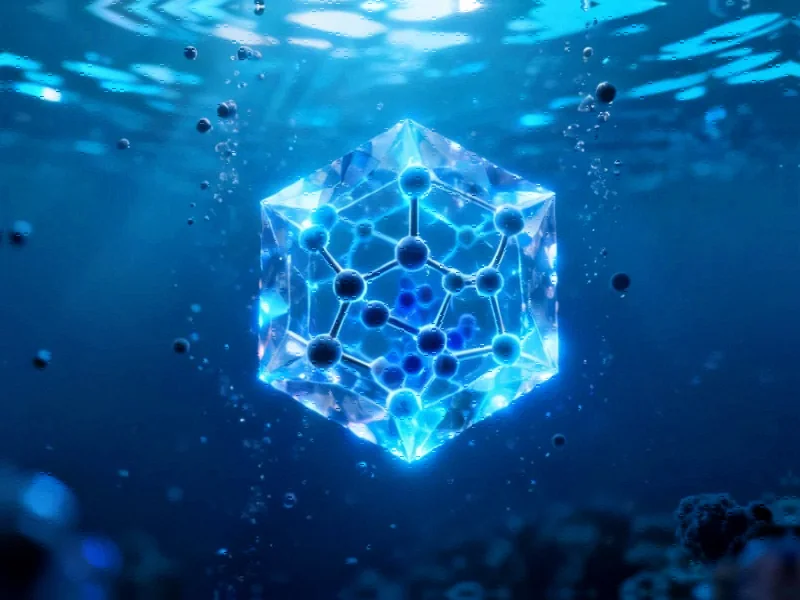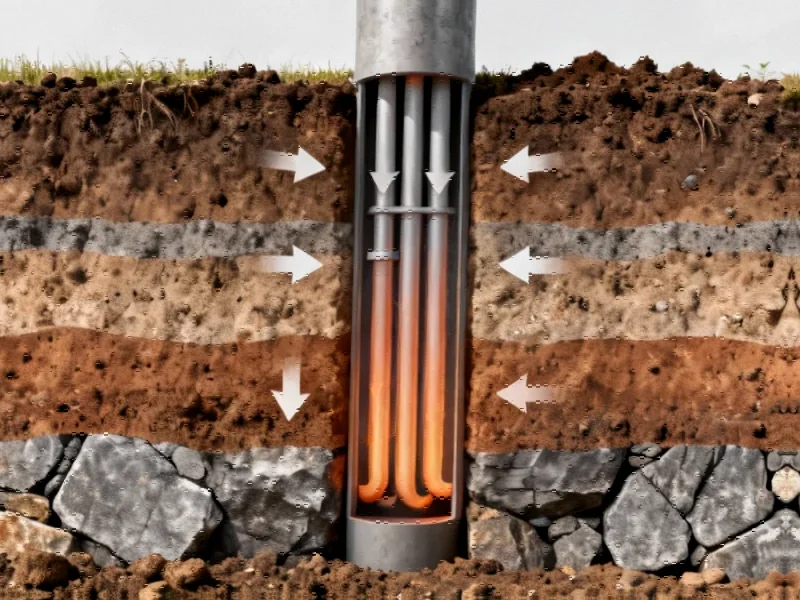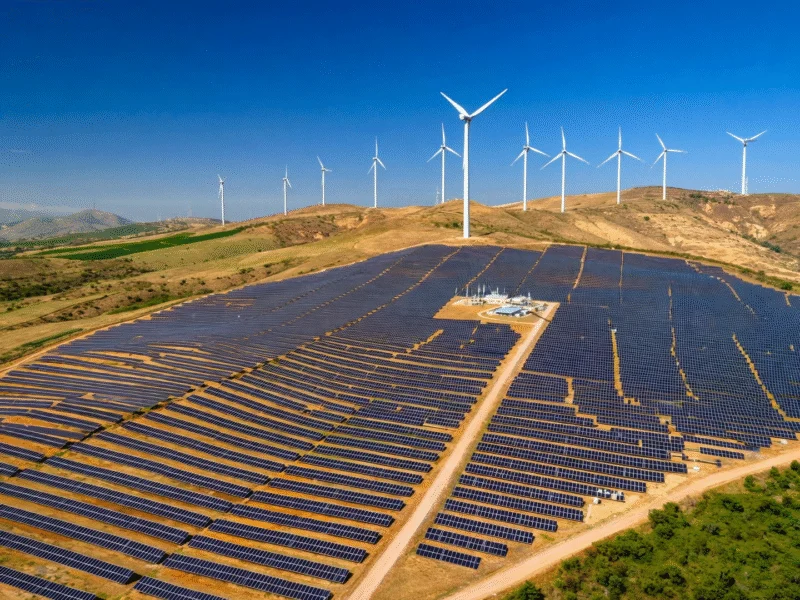Breakthrough in Marine Uranium Extraction Technology
Scientists have developed a groundbreaking approach to uranium extraction from natural seawater using self-adaptative cyclized polyacrylonitrile-polyethyleneimine (CPAP) conjugates. This innovative material represents a significant advancement in sustainable resource recovery, potentially addressing global energy needs through more efficient seawater uranium harvesting. The research demonstrates how strategic polymer engineering can create materials capable of operating effectively in challenging marine environments while maintaining structural integrity and adsorption capacity.
The development comes at a time when breakthrough polymer material shows promise for several environmental applications, highlighting the growing importance of advanced materials in addressing global challenges. This particular innovation stands out for its combination of cyclized polyacrylonitrile backbone with polyethyleneimine grafting, creating a synergistic system optimized for uranium capture.
Material Synthesis and Structural Design
The fabrication process begins with thermal polymerization of polyacrylonitrile (PAN) to create cyclized polyacrylonitrile (CPAN) fibers. These fibers undergo careful preparation through alkali washing to remove surface impurities before thermal treatment at 210°C under nitrogen atmosphere. The resulting CPAN serves as the structural foundation for the subsequent functionalization steps.
Researchers then developed CPAP composites through hydrothermal reactions at 140°C for 12 hours, creating four distinct formulations (CPAP-1 through CPAP-4) with varying polyethyleneimine content. This systematic approach allowed the team to optimize the material’s uranium adsorption capacity while maintaining structural stability. The careful control over synthesis conditions reflects the sophisticated temperature-driven catalyst behavior that has become increasingly important in advanced material science.
Comprehensive Performance Evaluation
The research team conducted extensive testing under realistic marine conditions using natural seawater collected from Dachangshan Island, Dalian, China. The experimental design incorporated continuous flow-through systems with simulated solar irradiation using 300W xenon lamps equipped with AM 1.5G filters. This setup maintained an average light intensity of ~100 mW cm⁻² throughout the 10-day experiment, closely mimicking natural sunlight conditions.
Notably, the seawater was fully renewed every 6 hours to maintain non-equilibrium adsorption conditions, preventing saturation and ensuring continuous extraction efficiency. Daily effluent analysis using inductively coupled plasma mass spectrometry (ICP-MS) provided precise quantification of uranium removal, with all measurements performed in triplicate to ensure statistical reliability. This rigorous methodology aligns with current industry developments in research validation and data integrity.
Molecular Dynamics Simulations Reveal Mechanism
Complementing the experimental work, molecular dynamics simulations provided atomic-level insights into the adsorption mechanism. Researchers constructed three polymer models (neutral, anion, and cation types) using the consistent valence forcefield (CVFF) with LAMMPS package. The simulations involved energy minimization, NVT dynamics, and extensive NPT equilibrium simulations totaling 10 nanoseconds for each system.
The sophisticated computational approach revealed how the CPAP structure interacts with uranyl ions in aqueous environments, with the polymer chains demonstrating remarkable adaptability to different ionic conditions. These findings contribute to our understanding of related innovations in molecular simulation and predictive modeling.
Antibacterial Properties and Marine Durability
Beyond uranium extraction performance, the research thoroughly evaluated the material’s antibacterial characteristics and marine stability. Testing against Escherichia coli, Staphylococcus aureus, Pseudomonas xiamenensis, and Marinobacter species demonstrated significant bacterial inhibition rates under both light and dark conditions. The antibacterial efficacy was particularly pronounced under 420 nm LED irradiation at 100 mW cm⁻² intensity.
Field testing involved encapsulating CPAP adsorbents in mesh bags deployed using a buoy-anchor system that maintained surface-level positioning under ocean current conditions. The 30-day marine exposure confirmed the material’s durability and consistent performance, with successful uranium recovery using 0.01 M HNO₃ elution. This real-world validation represents important market trends toward practical implementation of laboratory discoveries.
Structural Characterization and Material Properties
Comprehensive material analysis included powder X-ray diffraction (XRD), scanning electron microscopy (SEM), transmission electron microscopy (TEM), X-ray photoelectron spectroscopy (XPS), and inductively coupled plasma optical emission spectroscopy (ICP-OES). These techniques confirmed the successful integration of polyethyleneimine into the cyclized polyacrylonitrile matrix and characterized the material’s morphological features.
Additional testing measured the fiber swelling rate by comparing dry and water-saturated diameters, providing crucial information about the material’s behavior in aqueous environments. The swelling characteristics directly influence accessibility of adsorption sites and overall extraction efficiency, making this a critical parameter for optimization.
Implications for Sustainable Energy Future
This research represents a significant step forward in seawater uranium extraction technology, addressing both efficiency and practicality concerns that have limited previous approaches. The CPAP conjugates demonstrate exceptional stability, selectivity, and regenerability—key attributes for sustainable large-scale implementation. The combination of experimental validation and computational modeling provides a comprehensive understanding of the material’s performance mechanisms.
As global energy demands continue to evolve, such innovations in material science and resource recovery will play increasingly important roles in developing sustainable energy solutions. The successful integration of multiple functional properties in a single material platform suggests promising directions for future research in environmental remediation and resource harvesting technologies.
Looking forward, the researchers anticipate that further optimization of the CPAP system could enhance uranium extraction capacity while reducing production costs. The demonstrated antibacterial properties and marine durability also suggest potential applications beyond uranium extraction, including water purification and marine antifouling systems. As with many cutting-edge technologies, the full potential of these advanced polymer conjugates will likely emerge through continued research and development efforts across multiple disciplines.
This article aggregates information from publicly available sources. All trademarks and copyrights belong to their respective owners.
Note: Featured image is for illustrative purposes only and does not represent any specific product, service, or entity mentioned in this article.



